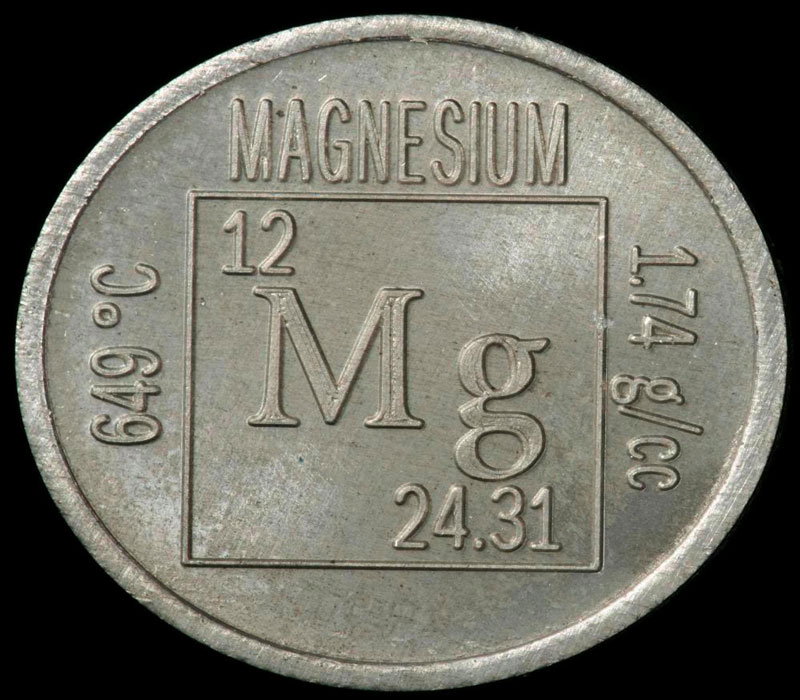Non-ferrous metals are metals that do not contain iron. Non-ferrous metals don't contain iron, for example aluminium, brass, copper and titanium. You can also get non-ferrous metals as alloys eg, brass is an alloy of copper and zinc.
Nonferrous metals are specified for structural applications requiring reduced weight, higher strength, nonmagnetic properties, higher melting points, or resistance to chemical and atmospheric corrosion. They are also specified for electrical and electronic applications.
Non-ferrous metals do not contain iron, are not magnetic and usually offer more resistance to corrosion than the ferrous metals. Non-ferrous metals include copper, aluminium, lead, zinc, nickel and Tin.
These are various the non ferrous metals some are given below and their uses:
Aluminum and its alloys are produced and used in many shapes and forms. The common forms are castings, sheet, plate, bar, rod, channels, and forgings. Aluminum alloys have many desirable qualities. They are lighter than most other metals and do not rust or corrode under most conditions. Aluminum can be cast-forged, machined, and welded easily.

Magnesium alloys are produced and used in many shapes and forms, for example, castings, bars, rods, tubing, sheets and plates, and forgings. Their inherent strength, light weight, and shock and vibration resistance are factors which make their use advantageous. The weight for an equal volume of magnesium is approximately two-thirds of that for aluminum and one-fifth of that for steel. Magnesium has excellent machining qualities; however, care must be taken when machining because the chips are highly flammable. Magnesium fires bum so hot that they cannot be extinguished by conventional fire extinguishers.
Copper is a reddish metal, very ductile and malleable, and has high electrical and heat conductivity. Copper can be forged, cast, and cold worked. It also can be welded, but its machinability is only fair. The principal use of commercially pure copper is in the electrical industry where it is made into wire or other such conductors. It is also used in the manufacture of nonferrous alloys such as brass, bronze, and monel metal. Typical copper products are sheet roofing, cartridge cases, bushings, wire, bearings, and statues.
Brass, an alloy of copper and zinc (60 to 68 percent copper and 32 to 40 percent zinc), has a low melting point and high heat conductivity. There are several types of brass such as naval, red, admiralty, yellow, and commercial. All differ in copper and zinc content. All may be alloyed with other elements such as lead, tin, manganese, or iron, and all have good machinability and can be welded. Bronze is an alloy of copper and tin and may contain lead, zinc, nickel, manganese, or phosphorous. It has high strength, is rust or corrosion resistant, has good machinability, and can be welded.
Lead is used mainly in the manufacture of electrical equipment such as lead-coated power and telephone cables and storage batteries. Zinc alloys are used in the manufacture of lead weights, bearings, gaskets, seals, bullets, and shot. Many types of chemical compounds are produced from lead. Among these are lead carbonate (paint pigment) and tetraethyl lead (antiknock gasoline). Lead is also used for X-ray protection (radiation shields). Lead has more fields of application than any other metal. It can be cast, cold worked, welded, and machined. Lead has low strength with heavy weight.
The major use of tin is in coating steel. It is the best container for preserving perishable food. Tin, in the form of foil, is often used in wrapping food products. A second major use of tin is as an alloying element. Tin is alloyed with copper to produce bronze, with lead to produce solder, and with antimony and lead to form babbitt. Tin can be die cast, cold worked, machined, and soldered; however, it cannot be welded.
Nickel is used in making alloys of both ferrous and nonferrous metals. Chemical and food processing equipment, electrical resistance heating elements, ornamental trim, and parts that must withstand elevated temperatures are all produced from nickel containing metal. Alloyed with chromium, it is used to make stainless steel. Nickel alloys are readily welded by either gas or arc methods and can be machined, forged, cast, and easily formed.
These alloys feature a wear resistance which makes them ideal for metal-cutting operations. Their ability to retain hardness even at red-heat temperatures also makes them especially useful for cutting tools. Common cutting tools will lose their edge at high heat, whereas this alloy group is actually tougher at red heat than it is when cold; as a result, higher speeds and feeds may be used when machining with tools made with these alloys.
These include silver, gold, platinum, palladium, iridium, osmium, rhodium, and ruthenium, and their alloys. These alloys are produced under technical and legal requirements. Gold alloys used for jewelry are described in karats. The karat is the content of gold expressed in twenty-fourths. An 18-karat gold alloy would contain 18/24 gold (75 percent by weight). Other than jewelry, there are many industrial uses for precious metals.
Due to its extensive use, non-ferrous scrap metal is usually recycled. Some recycling facilities resmelt and recast non-ferrous materials; the dross is collected and stored onsite while the metal fumes are filtered and collected.
The secondary materials in scrap are vital to the metallurgy industry, as the production of new metals often needs them. Non-ferrous scrap metals are sourced from industrial scrap materials, particle emissions and obsolete technology (for example, copper cables) scrap
Nonferrous scrap metalis scrap metal other than iron and steel. While the volume of nonferrous scrap is less than ferrous scrap, it is more valuable by the pound. Here are some examples of nonferrous scrap: aluminium, copper, lead, zinc, nickel, titanium, cobalt, chromium, and precious metals. Millions of tons of nonferrous scrap metal are recovered by processors and consumed by secondary smelter, refiners, ingot makers, fabricators, foundries, and other industries in this country.